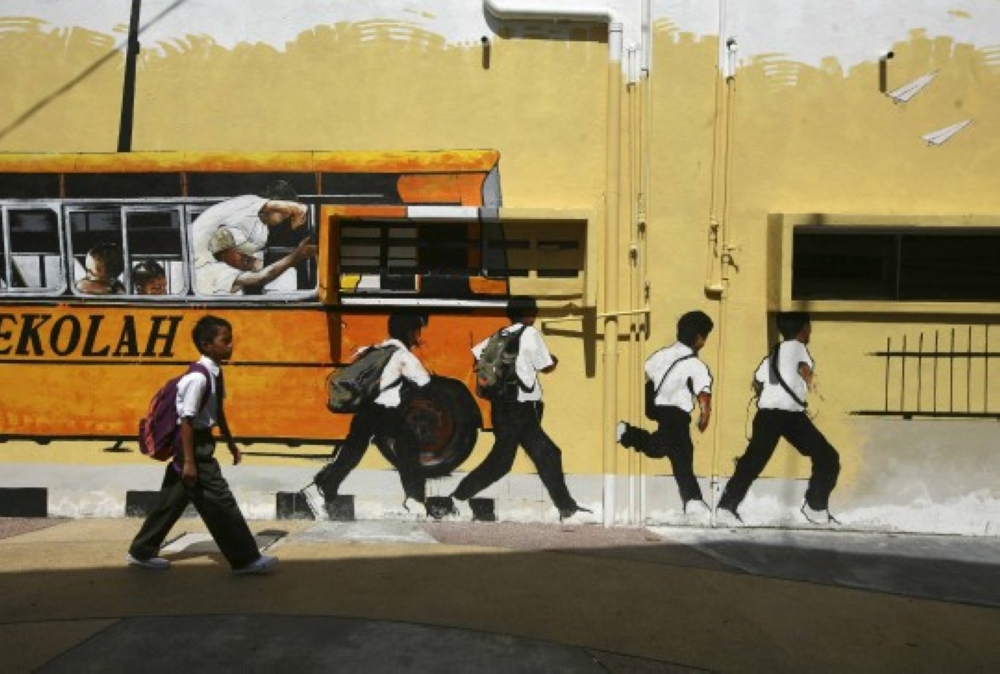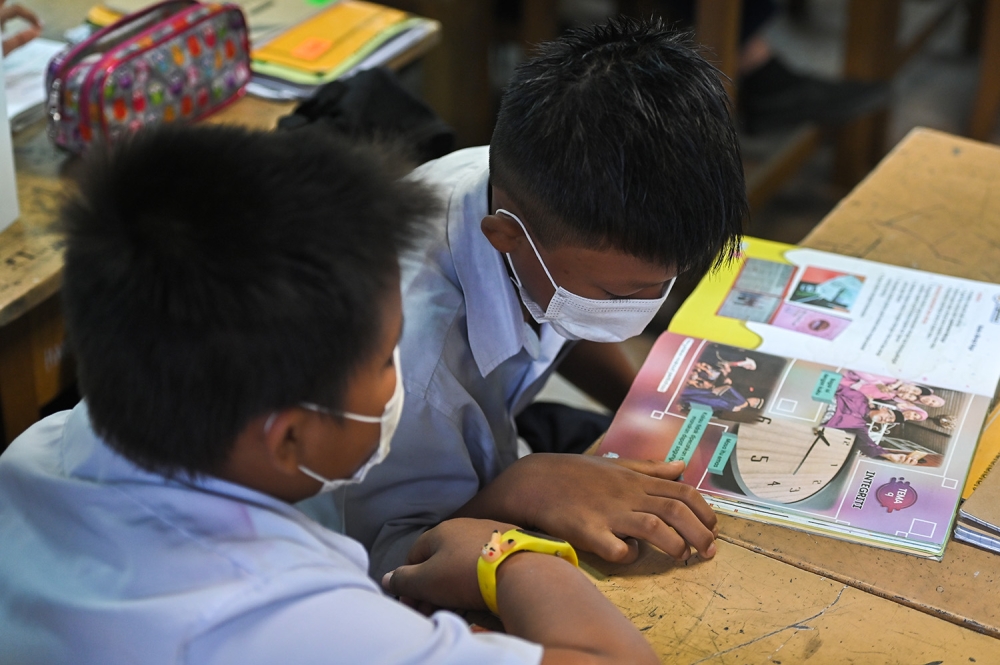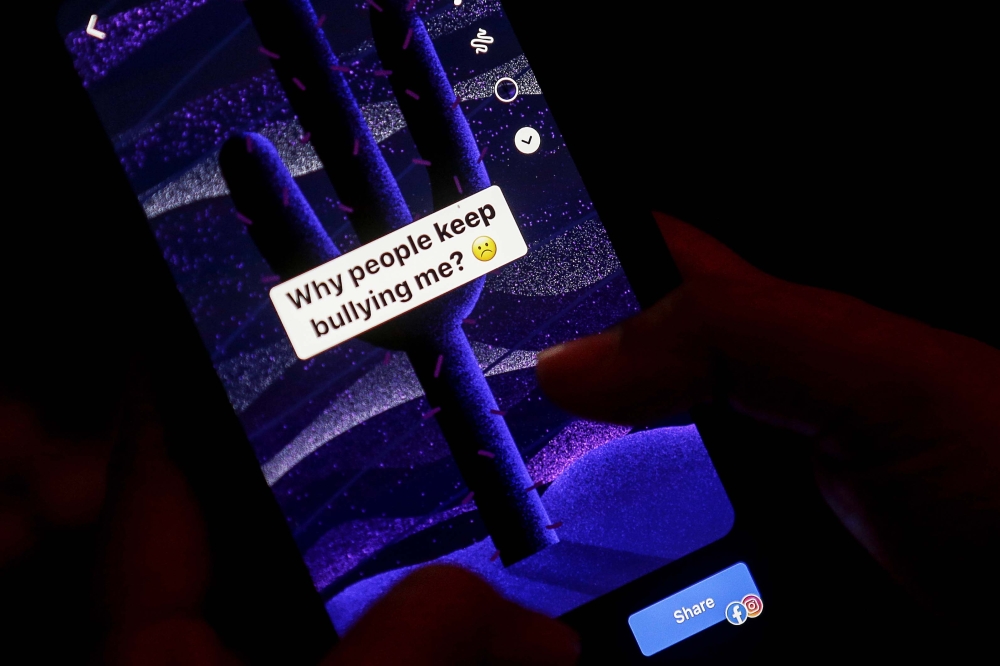KUALA LUMPUR, Nov 20 — Reports of school bullying have gained increasing attention in recent years.
This raises the question: is bullying becoming more prevalent, or are we simply more aware of it due to social media?
For some former students, it seems little has changed — there is still a lack of a proper support system in society.
Malay Mail spoke to several former students who were willing to relive their bullying experiences, comparing them to present-day incidents.
Bullying by teachers
Anne Wong, a 41-year-old marketing executive, recalls an incident from her third-grade year that still haunts her.
“The usual punishment back then was standing on a chair, something most kids would have experienced. But what happened that day still haunts me till today,” Wong said.
She described how a teacher ordered her classmate to bite down on a wooden ruler while balancing on one foot.
“My classmate managed to hold the ruler with his teeth, but the teacher wasn’t satisfied.
“He began hanging items from the edge of the ruler, and if my classmate dropped anything, he was threatened with even harsher punishment.”

Wong recalled feeling helpless.
“I wished another teacher would walk by and intervene as my classmate was clearly in pain.
“All he did was talk in class. No child should have to endure that kind of punishment. It was abuse,” she said.
Today, Wong wonders if the incident was ever reported.
“But I still saw that teacher teaching as usual. Who decides what kind of punishment is acceptable in a classroom?”
Racial bullying
Radiah Mahmud, 44, an accountant, remembers how racism in schools came not just from students but also from teachers.
At 14, she did not fully grasp the concept of racism but witnessed teachers using offensive language to bully students from other racial backgrounds.
“I remember name-calling in primary school. The Malays would call the Chinese Cina babi (Chinese pig).
“Later, when I entered secondary school, to my horror, one of my teachers actually referred to my Indian classmates with the term ‘keling’ and the teacher would slam their heads with a textbook if they couldn’t answer questions,” she said.
She also remembers another teacher who would mock the names of Indian students and pick on them for their struggles with the Malay language.
Radiah, now a mother, acknowledges that despite technological advances, such as WhatsApp chat groups to monitor homework, little has changed in how bullying is addressed.

Financial bullying
“One day, when my daughter came home, she asked if she could have more pocket money. I asked her why? She told me there is a kid in class who kept asking her for an extra RM1.
“I decided not to give her any more pocket money. But guess what? That classmate of hers went to the other kids to get money.
“But I now recall that I (also) had schoolmates who did exactly that — they went around bullying other kids into sharing their pocket money,” Radiah added.

The impact on families
Rahman Ariff, 35, a graphic designer, said that during his school years, many children remained silent about bullying out of fear of retaliation.
“If we told our parents, it often made things worse. The bullies would target us more, calling us weak for not standing up for ourselves,” he said.
He recalled an incident where a rival school hockey team threatened to harm his teacher, who was also their coach.
“The situation escalated so much that the headmaster had to involve the police,” Rahman says, illustrating how deeply bullying was ingrained in the school’s culture.
Now, Rahman’s son faces bullying in primary school.
“They tease him for being chubby and laugh at his lunchbox. One day, he came home and told me that his friends said he’s fat maybe because his father is fat,” said Rahman.

A call for change
As these former students recount their experiences, they agree that the lack of a proper support system remains a critical issue.
While technology and social media have given victims a platform to speak out, more must be done by the education system and the government to ensure that bullying is addressed not just in schools but across society.
“Social media may not be the best place to voice problems because bullying occurs even there, and it’s evident that virtual bullying is as damaging as what takes place physically.
“That said, we are asking that this issue be addressed seriously by the government — the education system in particular, regulations in schools — is there a way this could be mitigated better?”
* If you are lonely, distressed, or having negative thoughts, Befrienders offers free and confidential support 24 hours a day. A full list of Befrienders contact numbers and state operating hours is available here: www.befrienders.org.my/centre-in-malaysia. There are also free hotlines for young people: Talian Kasih at 15999 (24/7); Talian BuddyBear at 1800-18-2327(BEAR)(daily 12pm-12am); Mental Health Psychosocial Support Service (03-2935 9935 or 014-322 3392); and Jakim’s Family, Social and Community Care Centre (WhatsApp 0111-959 8214).
Recommended reading:
- Understanding bullying: Was it really just a prank or did it cross the line?
- A look at Malaysia’s notorious bullying cases revisited since 2017
- Are you bullying others? You could be struggling with issues yourself
- Getting bullied online or IRL? Here’s what you can do
- What counts as cyberbullying? Experts list six ways victims could be harassed online



















